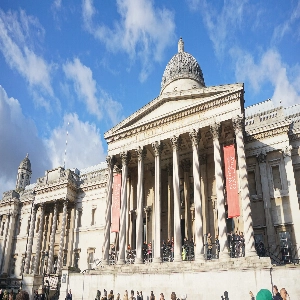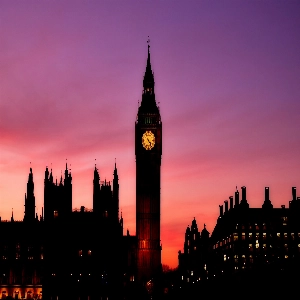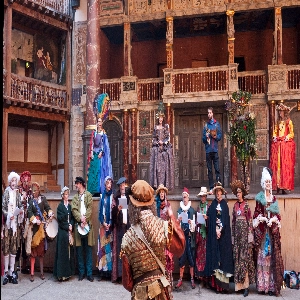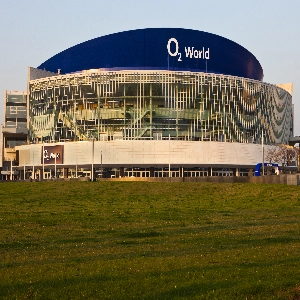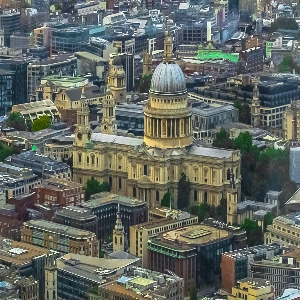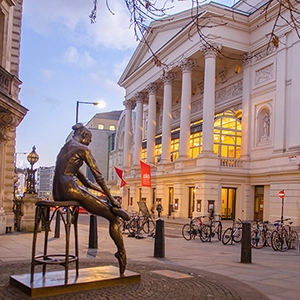Tower Bridge: An Iconic Symbol Of London's Rich History

Introduction to Tower Bridge
Known for being one of the most iconic and photographed landmarks in London, Tower Bridge is a marvelous piece of engineering and history combined. The fascinating Victorian-era structure has attracted millions of visitors for over a century, making it a must-see destination spot for anyone traveling to London. With its impressive bascule and suspension bridge design, Tower Bridge represents British architectural innovation by serving as a functional solution for the growing city of London during the late 19th century.
The History of Tower Bridge
During the 19th century, London experienced a significant rise in population, leading to a demand for new bridges to accommodate the increasing numbers of people and trade. Before Tower Bridge's construction, the only crossing point over the River Thames in London was London Bridge. However, it was not able to sustain the city's growing needs, prompting the need for a new solution. After considering several designs for the new bridge, city architect Horace Jones and engineer John Wolfe Barry's proposal of a combined bascule and suspension bridge was approved in 1884.
The foundation stone for Tower Bridge was laid in 1886, and it took eight years, 432 workers, and 70,000 tons of concrete to support the structure. The structure features 118 meters of granite and limestone covering a steel framework that houses the bascules. With the help of 4,000 tons of steel, the design ensures the full weight of the bridge is distributed between the two towers. The bridge was finally completed, and it officially opened on June 30, 1894.
Tower Bridge's Bascule and Suspension Bridge Design
One key element that sets Tower Bridge apart from other bridges is its unique combination of bascule and suspension bridge design. The central bascule section is 61 meters long and can be lifted to allow tall ships and river traffic to pass through, maintaining the river's navigability. At the time of its construction, John Wolfe Barry's revolutionary use of a hydraulic system powered by steam engines enabled the bascules to lift up to an angle of 86 degrees in just one minute. Since 1976, the bridge's hydraulic system has been electrically operated and is monitored by a team of bridge operators who oversee its functioning around the clock.
The suspension bridge element of Tower Bridge consists of two suspension chains running between the two towers, and the suspended footway that spans the western side. These sections allow for more pedestrian footfall and contribute to the overall stability of the structure. With vehicles and pedestrians regularly crossing the bridge, the design's functionality remains paramount in keeping Tower Bridge an integral part of London's road infrastructure.
Visiting Tower Bridge: The Tower Bridge Exhibition
For those interested in delving deeper into the history and mechanics of Tower Bridge, the Tower Bridge Exhibition provides the perfect opportunity to do so. Opened in 1982, the exhibition takes visitors through the history of the bridge and offers a rare chance to witness the Victorian-era hydraulic engines that powered the bascules. These engines are displayed in the original steam pumping station located beneath the bridge's southern tower. Additionally, fascinating interactive displays and videos offer insight into the bridge's functioning, its construction, and its iconic status throughout history.
One of the highlights of the Tower Bridge Exhibition is its glass-floored walkways in the upper levels of the two towers. The walkways span 42 meters above the Thames, offering incredible panoramic views of London and a thrilling bird's-eye view of the road and river below. From the walkways, visitors also get a chance to see the bridge's bascules lifting, an impressive sight not to be missed while visiting the exhibition.
The Tower Bridge at Night
As the sun sets and the lights illuminate Tower Bridge, its magnificent beauty truly comes to life. The structure's architecture, coupled with its dazzling 180,000 energy-efficient LED lights, creates a stunning backdrop for nighttime strolls along the Thames. Over the years, the bridge's lighting system has continued to evolve, ensuring that Tower Bridge remains an iconic symbol of London both day and night.
Tower Bridge in Popular Culture
Tower Bridge has not only played a significant role in London's infrastructure and history but has also become an enduring symbol of the city in popular culture. The bridge features prominently in both film and literature, including scenes in movies such as "Sherlock Holmes" (2009) and "Fast & Furious 6" (2013). It has also appeared in various novels like Dracula by Bram Stoker and The Day of the Triffids by John Wyndham. Tower Bridge remains a beloved and recognizable image in the minds of people across the world, encapsulating the essence of London's architectural history and innovation.
Conclusion
Tower Bridge is more than just an iconic landmark in London; it is a testament to the innovation, history, and engineering prowess of the late 19th century. As one of the world's most famous and breathtaking bridges, Tower Bridge continues to awe and inspire visitors with its unique design, storied past, and enduring presence. From the heights of its glass-floored walkways to the bustling foot and vehicle traffic below, Tower Bridge remains a majestic embodiment of London's rich history and a cherished symbol of the city's resilience and adaptability over time.




